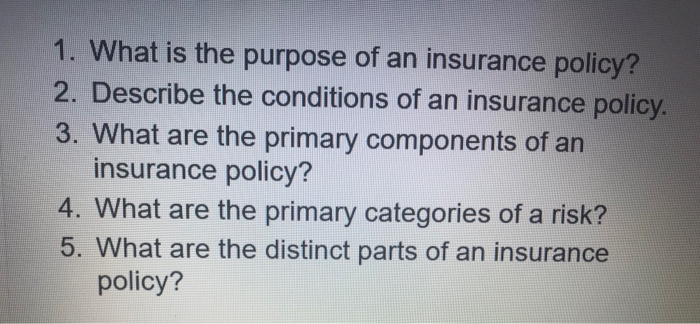The Basic Principles Of Pacific Prime
The Basic Principles Of Pacific Prime
Blog Article
Pacific Prime for Beginners
Table of ContentsSome Known Questions About Pacific Prime.Some Known Factual Statements About Pacific Prime Excitement About Pacific PrimeExcitement About Pacific PrimePacific Prime Fundamentals Explained

This is because the data were accumulated for a duration of solid financial performance. Of the approximated 42 million people who were uninsured, almost concerning 420,000 (regarding 1 percent) were under 65 years old, the age at which most Americans end up being qualified for Medicare; 32 million were adults in between ages 18 and 65, around 19 percent of all adults in this age group; and 10 million were youngsters under 18 years old, concerning 13.9 percent of all children (Mills, 2000).
These quotes of the variety of individuals without insurance are generated from the annual March Supplement to the Present Populace Study (CPS), performed by the Demographics Bureau. Unless otherwise noted, nationwide quotes of people without wellness insurance coverage and proportions of the population with various sort of coverage are based on the CPS, the most commonly utilized resource of price quotes of insurance coverage and uninsurance rates.
See This Report on Pacific Prime

Still, the CPS is specifically useful since it produces yearly quotes reasonably quickly, reporting the previous year's insurance protection approximates each September, and because it is the basis for a consistent collection of quotes for more than 20 years, enabling for analysis of fads in insurance coverage with time. For these reasons, as well as the extensive usage of the CPS in various other studies of insurance policy coverage that are presented in this record, we depend on CPS estimates, with limitations kept in mind.

The estimate of the variety of without insurance individuals broadens when a population's insurance standing is tracked for numerous years. Over a three-year duration beginning early in 1993, 72 million people, 29 percent of the united state population, were without coverage for a minimum of one month. Within a single year (1994 ), 53 million individuals experienced at the very least a month without protection (Bennefield, 1998a)
Six out of every ten without insurance adults are themselves used. Although functioning does enhance the likelihood that one and one's member of the family will certainly have insurance coverage, it is not a guarantee. Even members of families with 2 full-time wage income earners have virtually a one-in-ten chance of being without insurance (9.1 percent uninsured price) (Hoffman and Pohl, 2000).
What Does Pacific Prime Mean?
New immigrants represent a considerable proportion of people without health and wellness insurance. One analysis has associated a considerable portion of the current growth in the dimension of the united state without insurance populace to immigrants who arrived in the country in between 1994 and 1998 (Camarota and Edwards, 2000). Recent immigrants (those that came to the USA within the past 4 years) do have a high price of being without insurance (46 percent), yet they and their kids represent simply 6 percent of those without insurance nationally (Holahan et al., 2001).
The connection in between medical insurance and accessibility to care is well developed, as documented later on in this chapter. Although the partnership in between medical insurance and health results is neither direct neither easy, a substantial medical and wellness solutions research study literature web links medical insurance coverage to improved access to care, much better high quality, and enhanced individual and population health condition.
Degrees of evaluation for checking out the results of uninsurance. It focuses especially on those without any health and wellness insurance for any length of time.
Facts About Pacific Prime Uncovered
The troubles encountered by the underinsured are in some aspects similar to those faced by the without insurance, although they are normally much less serious. Health insurance, nonetheless, is neither needed nor sufficient to obtain accessibility to medical solutions. The independent and straight effect of health and wellness insurance policy protection on accessibility to health and wellness services is well developed.
Others will get the healthcare they need also without wellness insurance, by spending for it expense or seeking it from carriers that offer treatment totally free or at very subsidized prices. For still others, medical insurance alone does not guarantee invoice of care due to other nonfinancial obstacles, such as a lack of health and wellness care carriers in their area, restricted accessibility to transportation, illiteracy, or linguistic and social differences.
The 3-Minute Rule for Pacific Prime
Official study original site about uninsured populaces in the USA dates to the late 1920s and very early 1930s when the Board on the Price of Medical Care produced a collection of reports regarding funding doctor office visits and hospitalizations. This problem ended up being prominent as the numbers of medically indigent climbed during the Great Anxiety.
Report this page